Publication 102 - Wisconsin Tax Treatment Of Tax-Option (S) Corporations And Their Shareholders Page 12
ADVERTISEMENT
Publication 102
amount of nondeductible expenses on Schedule 5K, line
234.65, Wis. Stats., to fund an economic develop-
18, column c.
ment loan to finance construction, renovation, or
development of property that would be exempt from
h. Adjustments on the appropriate line of Schedule 5K
property tax under sec. 70.11(36), Wis. Stats. (pro-
if the tax-option (S) corporation owes a federal built-
fessional sports and entertainment home stadiums).
in gains tax or capital gains tax or a Wisconsin built-
in gains tax. For Wisconsin purposes, the gain on the
•
Bonds issued by a local exposition district under
sale of an asset is reduced by any Wisconsin built-in
subch. II of ch. 229, Wis. Stats.
gains tax paid by the corporation on that asset. For
federal purposes, however, the gain is reduced by
•
Bonds issued by a local professional baseball park
the federal built-in gains tax.
district created under subch. III of ch. 229, Wis.
Stats.
Example: For 1997, a tax-option (S) corporation has net
gain under section 1231 of $50,000. The corporation
The tax is 7.9% of the interest attributable to Wisconsin.
owes $5,000 of federal built-in gains tax and $1,100 of
Wisconsin built-in gains tax on built-in gain reflected in
The corporation may reduce the amount of interest
such section 1231 gain. On Schedule 5K, line 5, column
income by any applicable amortizable bond premium or
b, the corporation enters $45,000 ($50,000 net gain minus
interest paid to purchase or hold these federal, state, and
$5,000 federal built-in gains tax). The Wisconsin amount
municipal government obligations.
to enter in column d is $48,900 ($50,000 net gain minus
$1,100 Wisconsin built-in gains tax). The adjustment
(column c) is $3,900, which is the difference between the
If a foreign corporation is subject to the income tax
federal and Wisconsin built-in gains taxes.
rather than the franchise tax, it isn’t taxed on interest
received from the government obligations listed above.
i.
An addition to any amount of passive investment
income if it has been reduced by a federal tax on
The types of federal, state, and municipal government
excess net passive income.
interest income listed above are separately stated items.
They aren’t taxable to the shareholders. Any related
D. Taxing a Tax-Option (S) Corporation
amortizable bond premium or interest paid to purchase
or hold these government obligations isn’t deductible by
A tax-option corporation is subject to a franchise or income
the shareholders.
tax only in the following instances.
Note: The franchise tax doesn’t apply to interest income
1. Franchise Tax Measured by Federal, State, and
on obligations issued by the government of Puerto Rico.
Municipal Government Interest
2. Wisconsin Built-in Gains Tax
A tax-option (S) corporation is subject to a franchise tax
measured by interest income received from the following
A tax-option (S) corporation may be liable for a tax on
obligations:
built-in gains if —
•
Obligations of the United States government and its
a. It was a regular (C) corporation before making its
instrumentalities.
current election to be treated as a tax-option (S)
corporation,
•
Municipal housing authority bonds issued under sec.
66.40, Wis. Stats.
b. It made its current election after 1986,
•
Municipal redevelopment authority bonds issued
c. It has a recognized built-in gain within 10 years
under sec. 66.431, Wis. Stats.
from the first day of the first taxable year it became
a tax-option (S) corporation under its current elec-
•
Housing and community development authority
tion (the recognition period), and
bonds issued under sec. 66.4325, Wis. Stats.
d. The net recognized built-in gains for prior taxable
•
Bonds issued by the Wisconsin Housing and Eco-
years don’t exceed the net unrealized built-in gain,
nomic Development Authority (WHEDA) under sec.
as defined below.
10
ADVERTISEMENT
0 votes
Related Articles
Related forms
Related Categories
Parent category: Financial
 1
1 2
2 3
3 4
4 5
5 6
6 7
7 8
8 9
9 10
10 11
11 12
12 13
13 14
14 15
15 16
16 17
17 18
18 19
19 20
20 21
21 22
22 23
23 24
24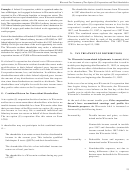 25
25 26
26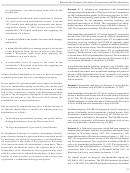 27
27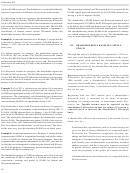 28
28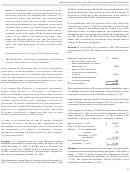 29
29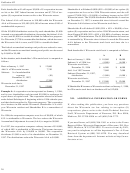 30
30








